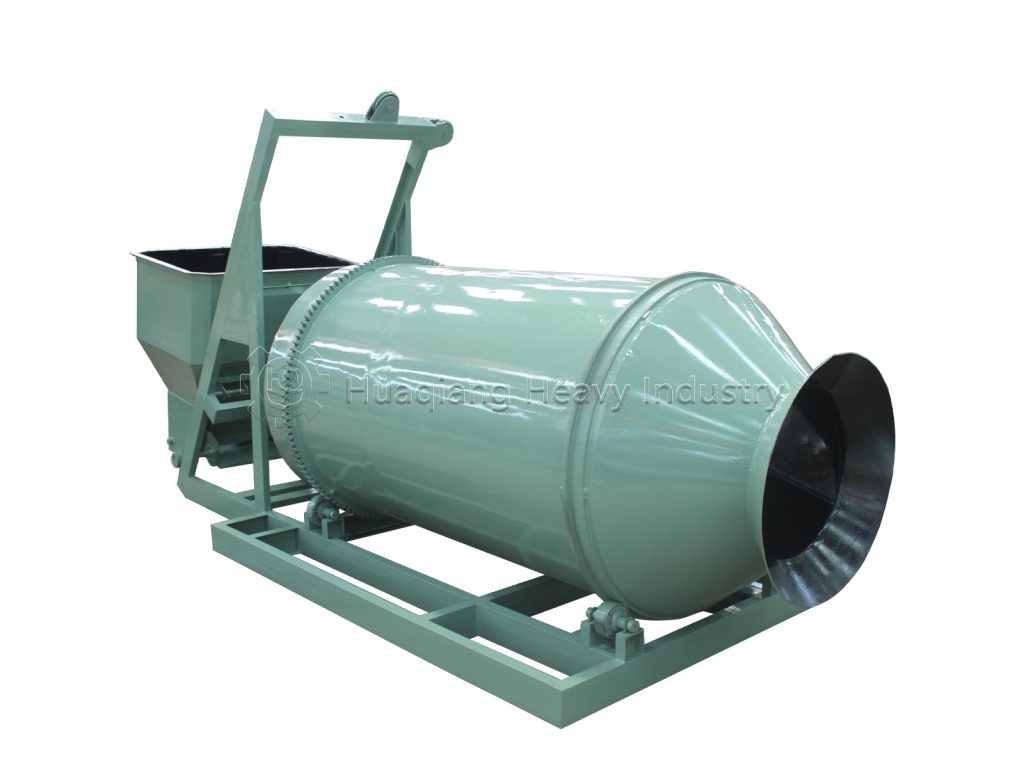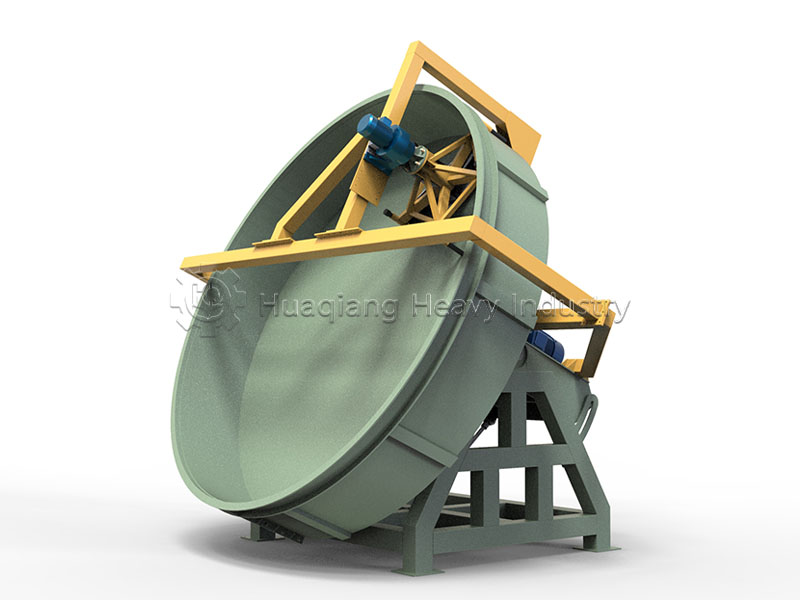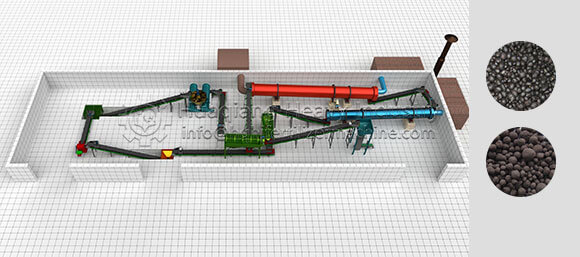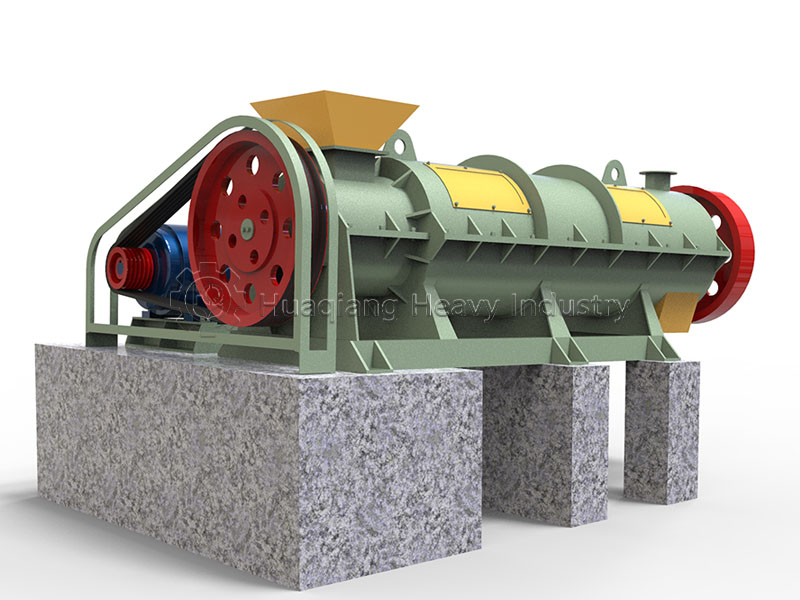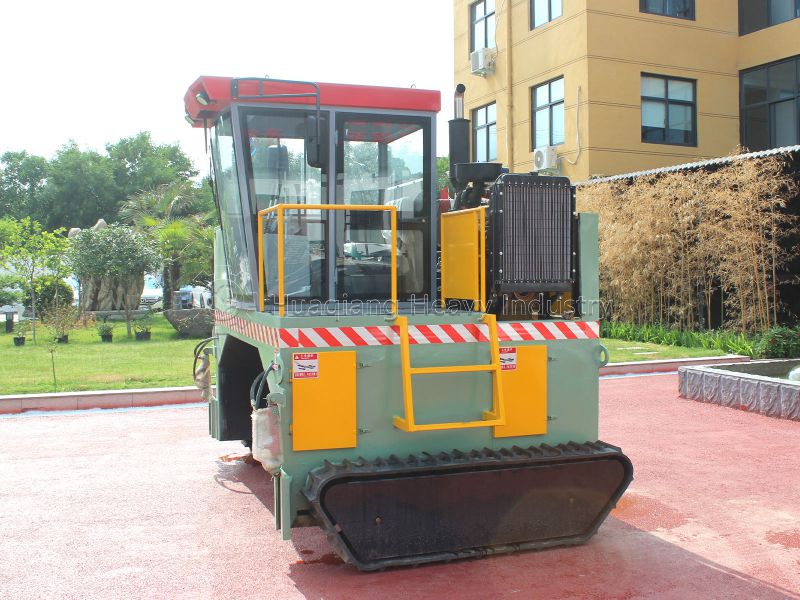In the wave of modern agriculture, organic fertilizer production is gradually moving away from extensive to intensive and efficient methods. Organic fertilizer granulators play an indispensable role, acting as the “heart” of the production line, transforming powdered organic raw materials into uniform and regular granules, greatly facilitating subsequent storage, transportation, and application.
A complete organic fertilizer production line is a systematic engineering project involving the coordinated operation of multiple pieces of equipment. From fermentation and turning, crushing and screening, to mixing and batching, granulation, drying and cooling, and final packaging, each step is closely interconnected. The granulation stage is often the key step determining the shape and quality of the finished product.
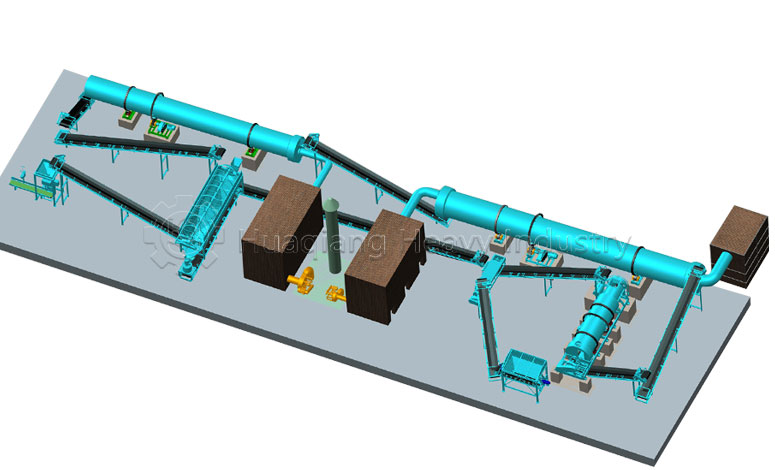
Among the many types of organic fertilizer production equipment, the organic fertilizer disc granulator is highly favored due to its unique working method. Its advantages lie in its high pelleting rate, uniform particle size, and ease of adjustment. These granules not only have a uniform appearance, but more importantly, they effectively reduce dust pollution and nutrient loss during fertilizer transportation. For growers, granular fertilizer is easier to apply mechanically, greatly improving the efficiency and precision of fertilization operations.
From a broader perspective, the maturity and widespread adoption of organic fertilizer disc granulators and other organic fertilizer production equipment have powerfully promoted the resource utilization of agricultural waste. It transforms livestock manure and straw into valuable resources, converting them into high-quality soil conditioners that benefit farmland, thus creating a sustainable green cycle.
